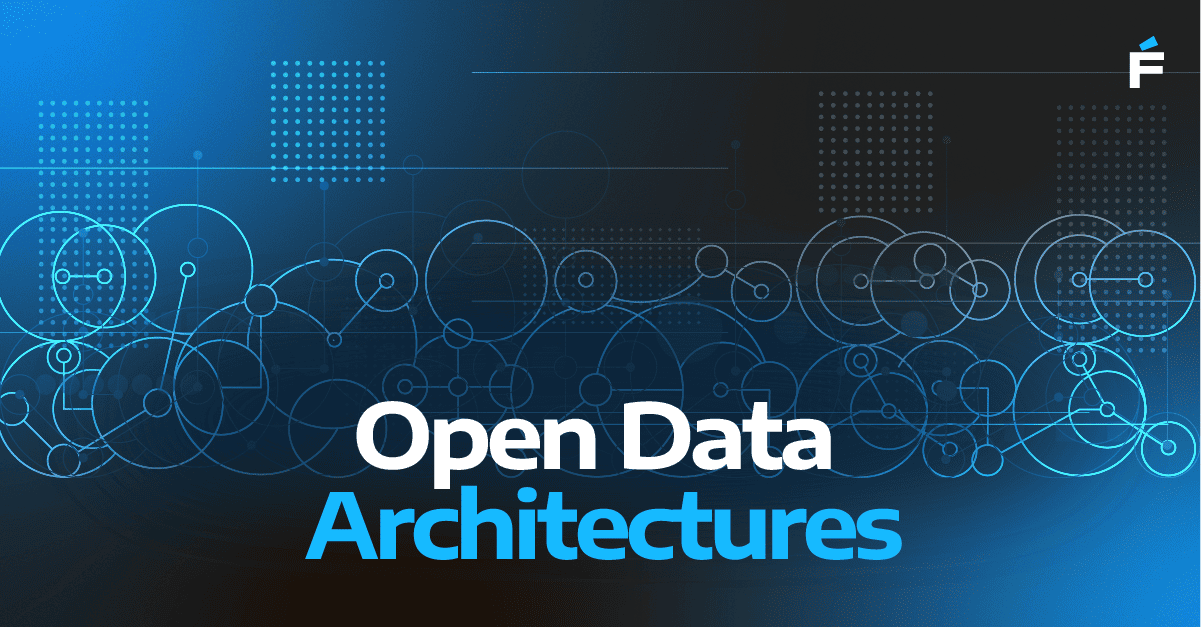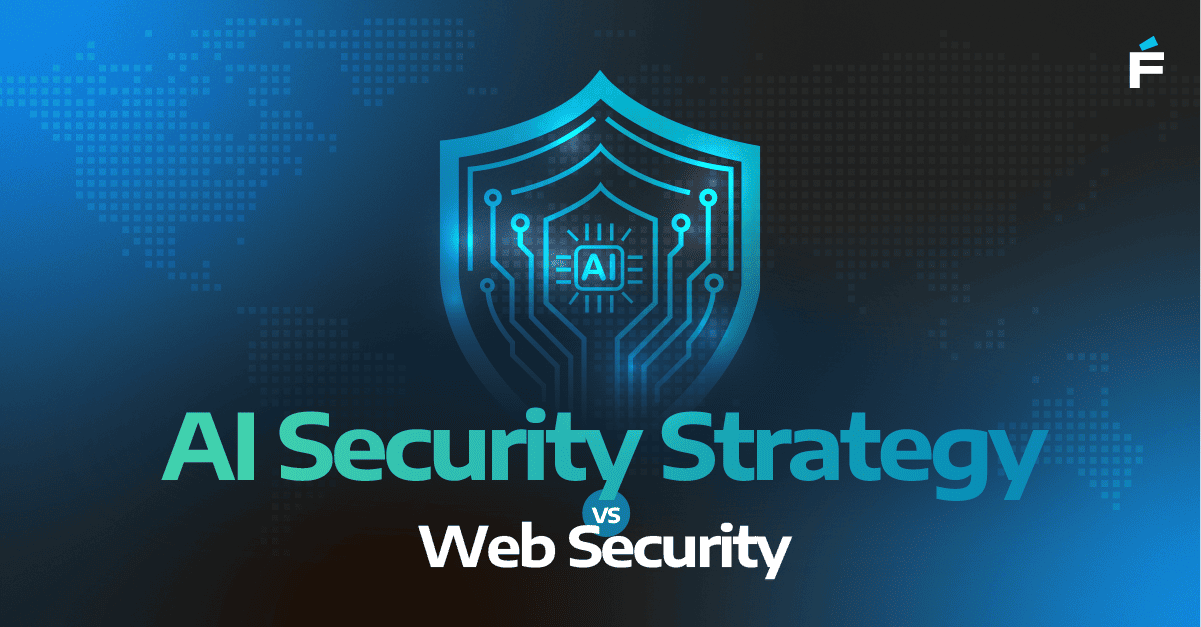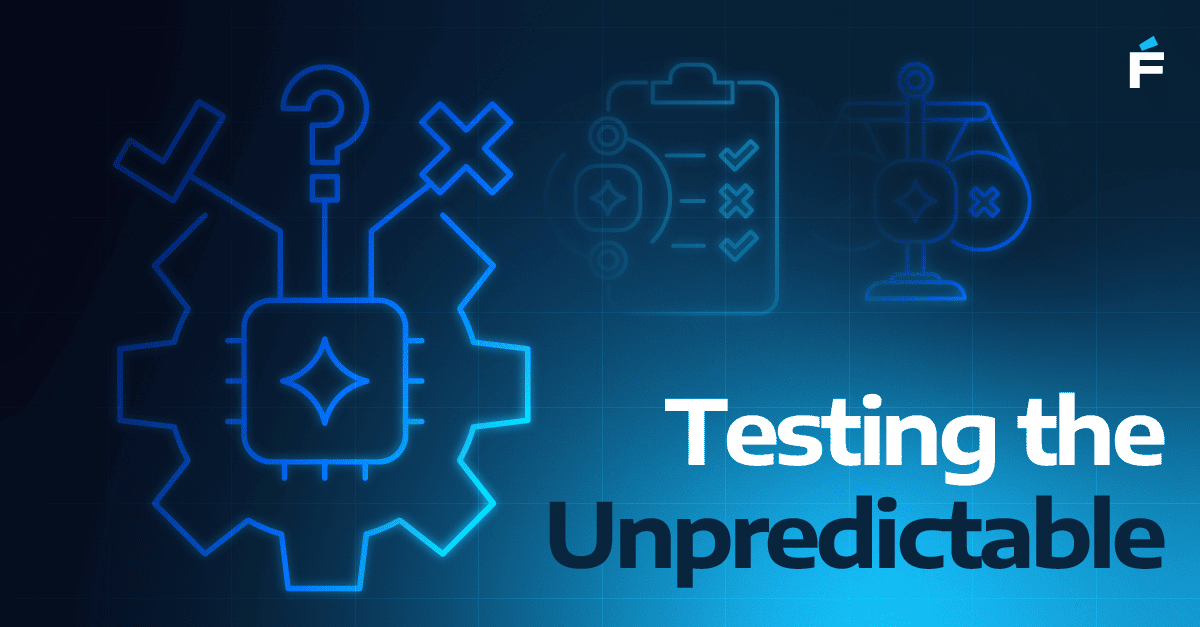Hey builders! 👋
We've been deep in the AI transformation trenches for the past two year, working with teams across all kinds of projects. There's something we need to talk about that's hitting almost every team we meet.
Every week, we see teams following the same pattern – they prototype amazing AI solutions with frameworks like LangChain, LlamaIndex, AutoGen, CrewAI, LangGraph, or Haystack, get everyone excited with demos, and then... the real work begins.
The jump from "wow, this works in our demo!" to "this is solving our actual business problems reliably" is where things get interesting. And honestly? There's no single "right" way to make this jump.
The Framework Journey: What We Keep Seeing
Here's the pattern that plays out for many teams:
Week 1: "Look how fast we built this RAG system with LangChain! The demo looks incredible!"
Week 8: "The accuracy is inconsistent. We can't control the data retrieval. The latest framework update changed everything."
Week 16: "We need to rethink our approach..."
Sound familiar? You're definitely not alone in this journey.
The truth is, these frameworks are fantastic for getting started and proving concepts. They let you move fast, impress stakeholders, and validate ideas. But when you need consistent, reliable performance? That's where you need to make some strategic decisions.
The Control Challenge: What Really Drives Accuracy
Here's what we've learned through countless implementations – the key to effective AI isn't in the framework choice, it's in your control over two critical areas:
1. Data Preparation and Retrieval
- How you extract and structure your data
- Your chunking strategy and metadata handling
- How you rank and filter retrieved information
- Your access control and context expansion logic
2. Prompt Engineering and LLM Interaction
- How you craft prompts for your specific use case
- Your prompt templates and dynamic content insertion
- How you handle context length and conversation flow
- Your error handling and fallback strategies
Most frameworks abstract these away with "smart defaults" and "plug-and-play" components. That's brilliant for demos and rapid prototyping, but when you need to fine-tune accuracy for your specific business case? You might find yourself working around the framework instead of with it.
The Fast-Moving Landscape Challenge
The AI space is evolving incredibly fast. New models drop weekly, best practices evolve monthly, and frameworks are doing their best to keep pace.
Many of these frameworks are still maturing:
- Frequent updates with breaking changes
- Features that work today might be deprecated tomorrow
- Dependencies on specific model versions or providers
- Limited flexibility when better approaches emerge
When you build on these frameworks, you're not just adopting their current capabilities – you're betting on their development roadmap. That can be a smart bet, but it's worth understanding what you're signing up for.
No Magic Solutions (Yet!)
We've tested every new framework, tried every "revolutionary" approach, and experimented with every "no-code AI solution" that's launched. Here's our honest take:
There's no magic solution that eliminates the need to understand how effective AI systems actually work.
The teams succeeding in production aren't necessarily using the fanciest tools – they're the ones who understand:
- How vector embeddings work in practice
- When and how to use different retrieval strategies
- How to debug and optimize prompt performance
- How to handle edge cases and error scenarios
- How to monitor and improve accuracy over time
This isn't gatekeeping – it's just the current reality. The technology is advancing rapidly, but we're not quite at the "magic button" stage yet.
Three Paths Forward: Choose What Fits Your Needs
Instead of pushing one approach, let's break down when different strategies make sense:
When Frameworks Are Perfect
- Small teams with limited engineering resources
- Projects where "good enough" accuracy meets business requirements
- Rapid experimentation and iteration cycles
- Non-critical applications where occasional inaccuracies are acceptable
- Budget-conscious projects that need to move fast
The key is setting realistic expectations upfront. If your accuracy requirements are flexible and you're comfortable with framework constraints, go for it! These can absolutely be production-grade solutions - just with different accuracy expectations than fully custom implementations.
The Hybrid Route: Start Fast, Optimize Later
This approach can be incredibly effective when executed thoughtfully! Start with a framework for MVP speed, then gradually replace components as you need more control.
The Advantages:
- Lightning-fast MVP delivery - Get your concept validated and in users' hands quickly
- Smart capital allocation - Prove value before investing in custom development
- Natural learning progression - Understand your actual requirements through real usage
- Reduced risk - Test market fit before committing to larger engineering investments
The Trade-offs to Consider: Here's what successful hybrid teams plan for:
- Foundation knowledge is still essential - You'll need to understand AI fundamentals to make smart replacement decisions
- Framework customization requires extra effort - Working within framework constraints while adding custom components takes thoughtful architecture
- Evolution is likely - Many teams eventually migrate to fully custom solutions as their requirements become more sophisticated
- Temporary complexity - During transition periods, you're managing both framework and custom components
When the Hybrid Route Shines:
- Time-to-market is critical for competitive advantage
- Your team is building AI expertise while shipping
- You need to demonstrate ROI before securing larger budgets
- Your accuracy requirements will genuinely evolve with user feedback
The Custom Development Path: When Full Control Matters
For teams that need maximum control and customization:
1. You Control Everything That Matters
- Custom data extraction and processing pipelines tailored to your content
- Flexible vector store management with your choice of provider
- Intelligent retrieval logic optimized for your specific use cases
- Custom prompt engineering designed for your business domain
- Granular access control and user-specific data handling
2. Minimal External Dependencies
This approach depends on only two external components:
- The LLM provider (OpenAI, Anthropic, local models, etc.)
- The vector store (if needed for your use case)
Both are easily switchable when better options emerge. No framework lock-in, no betting on someone else's roadmap.
What This Means for Your Team
When you have the right approach for your situation:
- Accuracy becomes tunable – You can optimize every step for your specific data and use cases
- Performance is predictable – You understand exactly what's happening and can optimize bottlenecks
- Costs are controllable – You choose the most cost-effective components for each part of your pipeline
- Updates are manageable – You control when and how to adopt new technologies
- Debugging is possible – When something goes wrong, you can trace exactly what happened
- The Real Question
The question isn't which approach is "best" – each path has legitimate strengths for different situations. The real question is: What approach aligns with your team's capabilities, timeline, and accuracy requirements?
There's no one-size-fits-all solution in AI development. The best teams choose their approach based on realistic assessment of their constraints and goals.
Our Philosophy: Right Solution for Right Situation
In our work with clients, we don't push a single approach – we recommend what actually makes sense for their specific situation:
- For rapid validation and smaller teams: Frameworks can be perfect
- For evolving requirements: Hybrid routes offer smart progression
- For mission-critical applications: Custom development provides maximum control
When clients do choose the fully custom route, we bring something unique to the table: architecture patterns and development methodologies that let us build custom AI solutions at speeds comparable to framework development.
We've learned the hard lessons about what works in production, built reusable components for common patterns, and developed processes that eliminate much of the traditional custom development overhead. You get the control and accuracy benefits of custom development without sacrificing speed to market.
Ready to Find Your Path?
Whether you're hitting framework limitations, planning a hybrid evolution, or ready to go fully custom from day one, let's talk. We've been through this journey with dozens of teams and can help you choose the right path for your specific needs.
The AI revolution is happening, but it's not going to be won by any single approach. It's going to be won by teams who choose the right strategy for their situation and execute it well.
How can you start using AI in your business today? Let's figure out the approach that actually works for your team, timeline, and requirements.
Want to discuss your specific AI transformation challenges? Reach out – we love talking shop with fellow builders who are serious about production-ready AI solutions.




